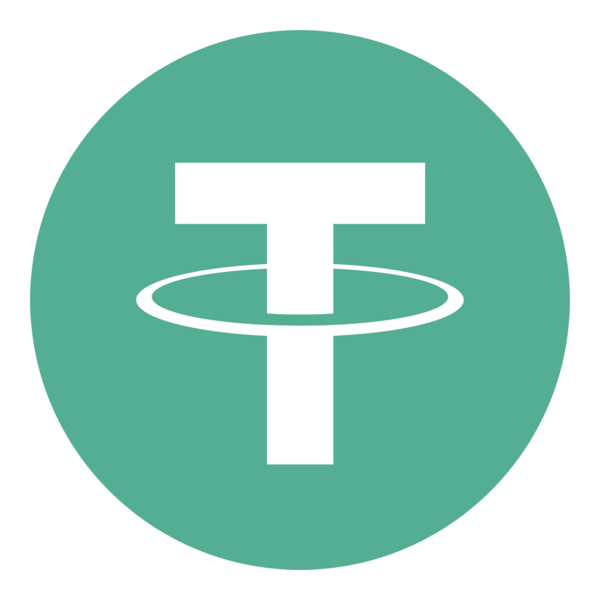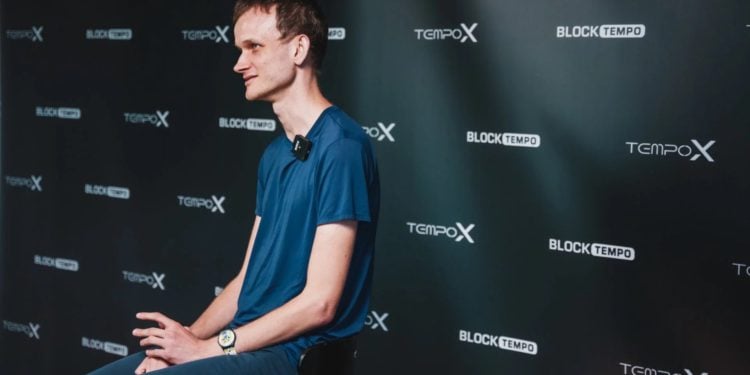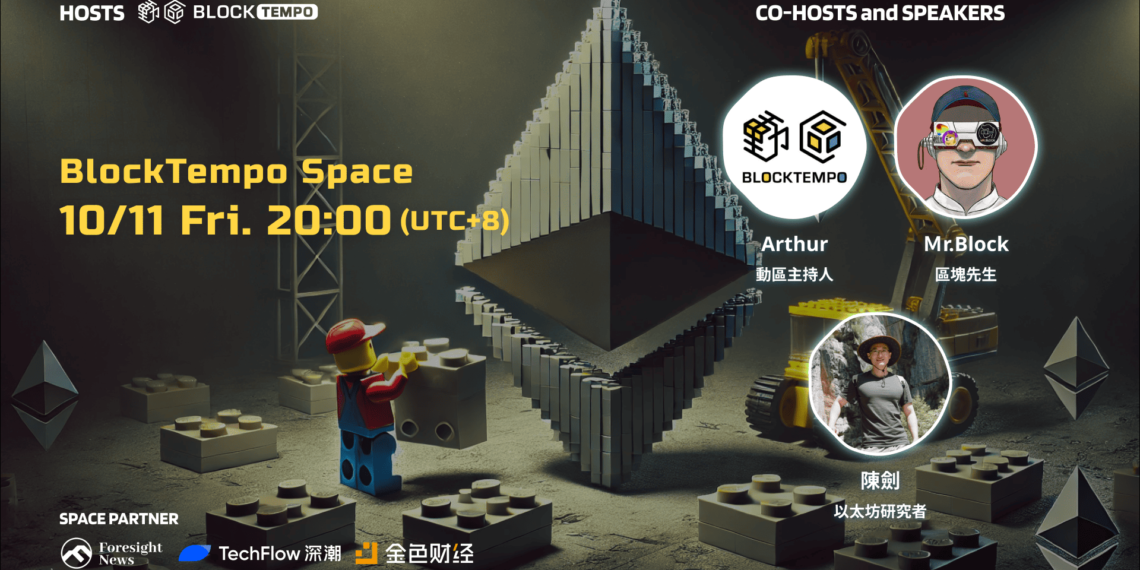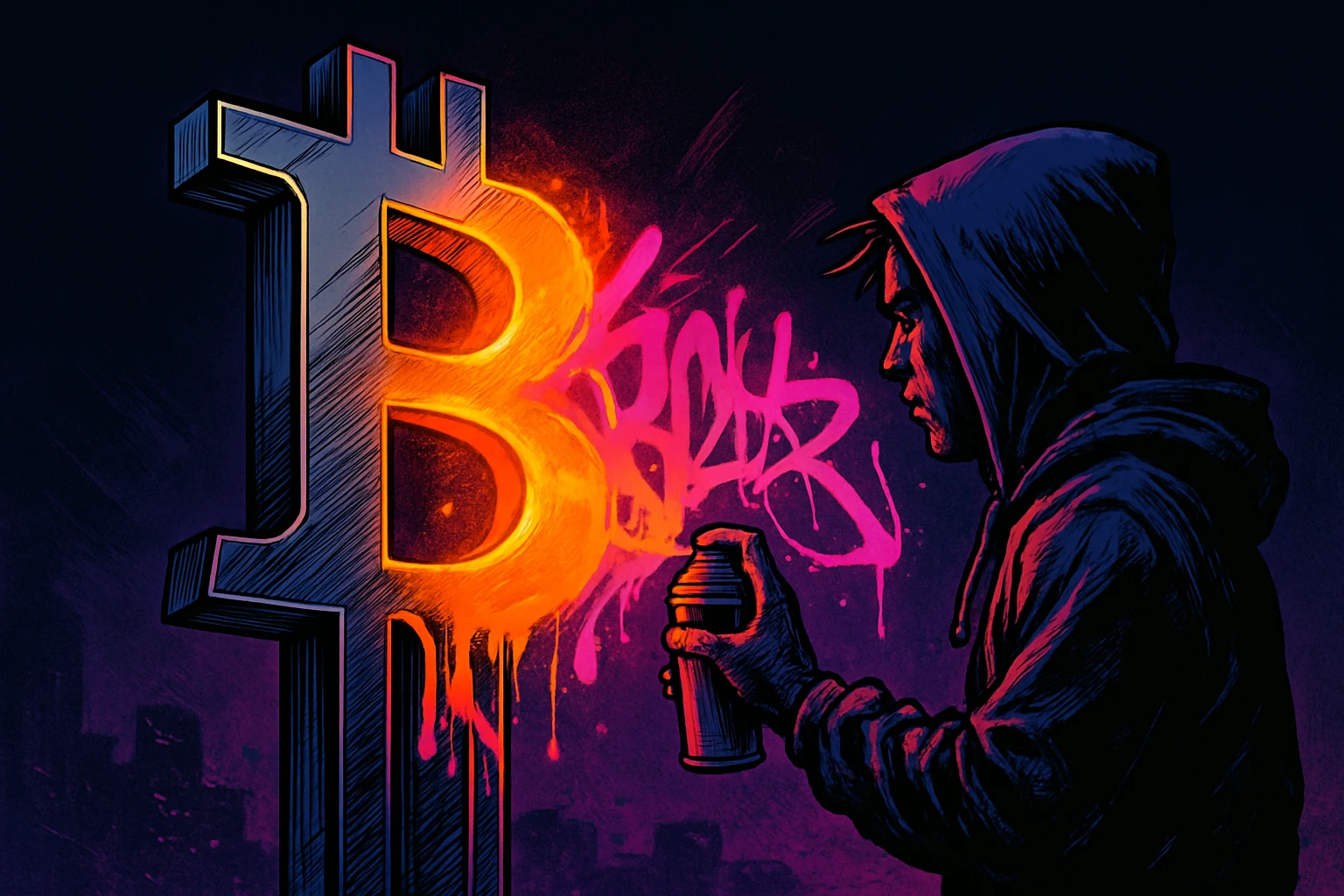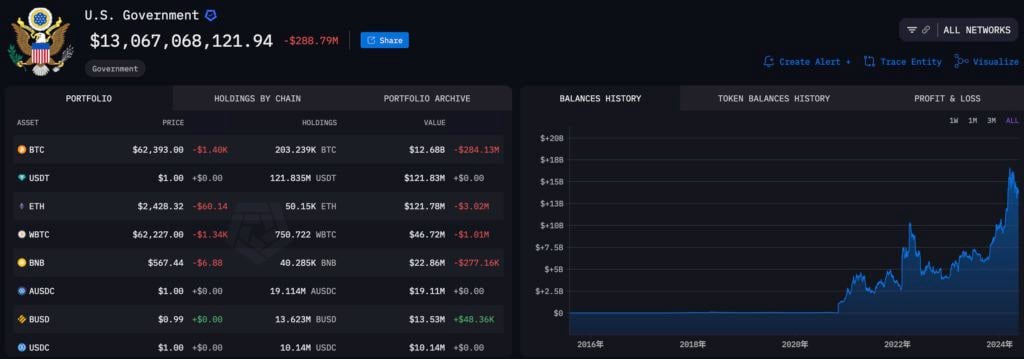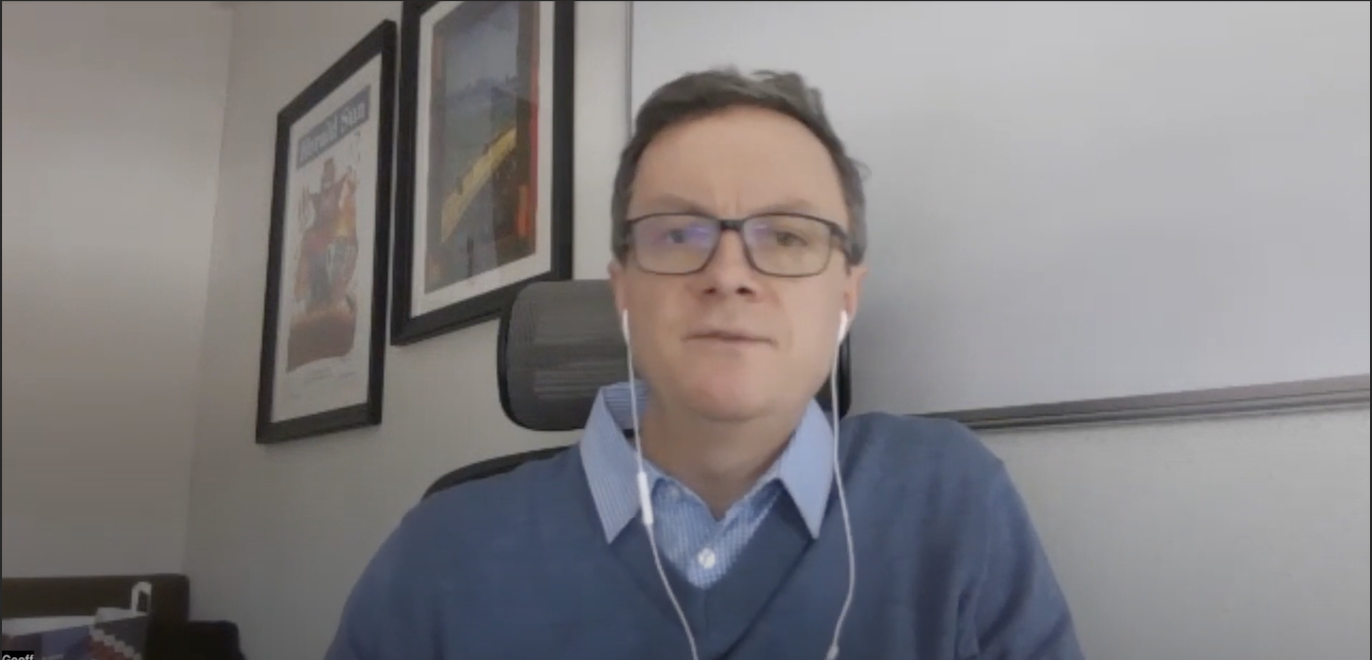Ethereum has become a core infrastructure of Wall Street, with Chalom and financial giants leading a full-scale shift of funds
![图片[1]-Former BlackRock executive: Ethereum has become Wall Street infrastructure; in the future, finance will no longer be divided into DeFi and traditional finance.-OzABC](https://www.ozabc.com/wp-content/uploads/ethereum-1-800x450.webp)
magnificentWall Street is quietly rewriting the underlying code. Joseph Chalom, former head of digital assets at BlackRock and current co-CEO of Sharplink, said, “Ethereum is the infrastructure of the future of finance,” revealing the direction of traditional finance in one sentence. By 2025, institutions will be turning around in both speed and scale, and capital and applications are pushing Ethereum to the core stage.
Why Wall Street chose Ethereum
Chalom spent 20 years at BlackRock, overseeing projects such as the Aladdin platform expansion, the launch of the IBIT spot Bitcoin ETF, and investment in Securitize. He is familiar with financial pipelines and the pain points of blockchain implementation. He now believes that Ethereum integrates “trust, security, and liquidity” into a single service layer and meets the stringent risk control requirements of institutions through smart contracts and the circulation of a large number of stablecoins.
Trust comes from a network record that never stops; security is built on decentralized validators; and liquidity is accumulated by the world’s largest developer and funding communities. In contrast to Bitcoin’s simple store-of-value positioning, Ethereum also allows tokens to generate returns on-chain, and Chalom views this multi-functionality as a financial “utility.”
Ethereum boasts the vast majority of stablecoins, tokenized assets, and high-quality smart contract activity. If you want to achieve financial digitization, you need a blockchain that institutions can trust—and Ethereum is precisely that kind of blockchain.
ETH staking rewards are legal and safe.
Sharplink turns ETH into a yield engine. The company holds approximately 859,853 ETH, worth between $2.9 billion and $3.45 billion, the vast majority of which is staked, generating approximately 3% to 4.5% in returns annually. One company received 459 ETH in a single week, accumulating over 6,575 ETH in rewards, all without using leverage, thus mitigating the risk of price volatility.
The company has also invested $200 million in Consensys’ Linea Layer 2, combining it with restaking services provided by EigenLayer and EigenCloud to allow the same ETH to generate multiple returns simultaneously, including native staking, AVS security delegation, and partner incentives. Assets are compliantly custodied through Anchorage Digital Bank , a result Cholom describes as “DeFi-level returns with no DeFi-level risks.”
It is a productive asset, which opens the door to safer and better returns.
Key catalysts for 2025
The SEC approved a spot Ethereum ETF in mid-2024, opening the door to compliance, and 2025 became a turning point for capital inflows. The assets under management of the spot Ethereum ETF quickly accumulated to $20 billion, indicating that investors viewed ETH as a regulated and yield-generating asset.
Following its IBIT ETF launch, BlackRock issued a tokenized money market fund on-chain through Securitize. JPMorgan Chase invested $102 million in Bitmine Immersion Technologies, injecting it into Ethereum infrastructure. UBS completed the first Ethereum tokenized fund transaction, demonstrating the real-world process. Third-quarter statistics show that institutional holdings of ETH totaled $11.32 billion, with 8.3% of the circulating supply locked in staking contracts.
Finance no longer distinguishes between DeFi and TradeFi.
Chalom anticipates that the world will no longer use labels like “decentralized” or “traditional” because the underlying structures have already converged. He publicly stated:
“We will only refer to it as finance. Ethereum will be the underlying infrastructure.”
Ethereum reduces transaction settlement time to the block level, provides transparency and traceability, and eliminates single points of failure through global validators, thus reducing costs. Meanwhile, stablecoins and tokenized assets allow capital to flow day and night, providing continuous liquidity to the market.
From Sharplink’s experience to Wall Street giants’ investments, the message is consistent: Ethereum is no longer an experiment, but a standard. With a clearer regulatory path and maturing technology, a single financial artery integrating traditional and digital elements is rapidly taking shape. The common challenge for investors, engineers, and regulators in the next decade will be how to build services, distribute benefits, and maintain a balance between transparency and security along this artery. In the future, users may not need to be aware of the blockchain, but every transaction will be completed through Ethereum’s public infrastructure.




